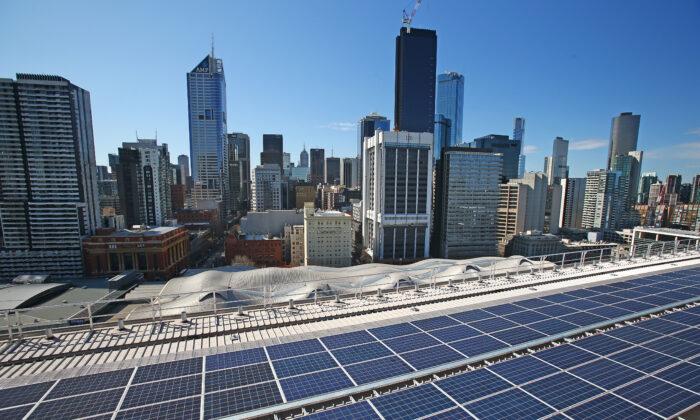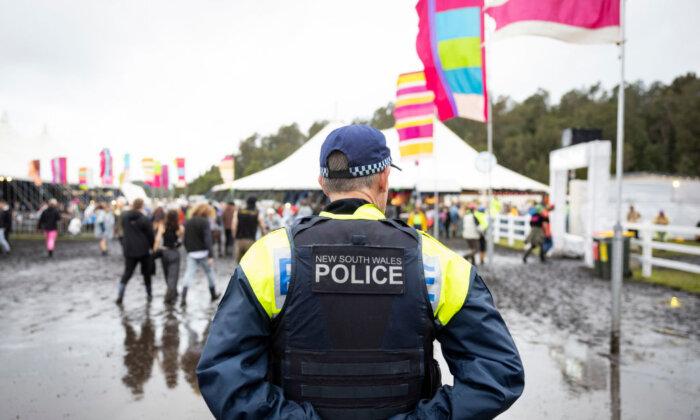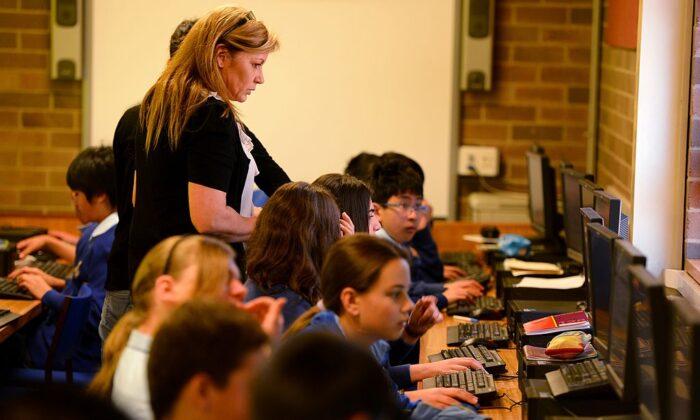The Victorian government’s electricity commission is gearing up to power one of the largest battery projects in the world.
The newly revived State Electricity Commission (SEC) has invested $245 million (US$162 million) to double the size of the $1 billion Melbourne Renewable Energy Hub near Melton in Melbourne’s outer west.
With three battery components totalling 600 megawatts, the Hub will store extra solar and grid energy to power 200,000 homes, meet Victoria’s rising electricity needs, and lower energy bills.
“We’re building critical energy projects under the SEC—investing in our grid so household bills go down for every Victorian with cheaper and more reliable renewable energy across the state,” she said.
Further, the Hub will help Victorians by creating up to 155 local jobs, including 14 apprentice and trainee roles.
At the same time, it will meet the Labor government’s target of at least 2.6 gigawatts of energy storage capacity by 2030 and 6.3 gigawatts by 2035.
SEC Minister Lily D'Ambrosio added the facility is a “huge step forward” in increasing Victoria’s renewable storage capacity.
“[This] is critical to meeting our nation’s leading targets of 95 percent renewable energy generation by 2035,” she said.
Further, storage will help strengthen the energy produced by the SEC’s wind and solar projects.
The Hub’s storage development is in partnership with renewable energy investor Equis Australia.
Equis Managing Director David Russell noted the project couldn’t advance at its current scale and capacity without this partnership.
Nonetheless, he said the SEC has proven to be a “commercial and valuable partner,” adding immediate value to the Hub and ensuring a “rapid, cost-effective construction program.”
Tesla will also chip in, providing 444 fully integrated Tesla Megapack Battery Energy Storage Systems (BESS) for the project, its most significant contract in Australia to date.
AusNet and Lumea will provide connecting transmission infrastructure. Samsung C&T and Genus Plus Group will undertake the project’s engineering, procurement, and construction.
The SEC had over 100 Registrations of Interest for its first investment in the Hub, aiding in developing a pipeline of future investment opportunities.
Energy Expert Stresses Demand for Skilled Workers
Environment Victoria energy adviser Kat Lucas-Healey welcomed the investment but urged the need for skilled workers.“To make sure that we’ve got the skills and tradespeople to do this work and … do it properly, making sure that environmental and cultural values are protected,” she said.
She added battery storage was an “important piece of the puzzle” as the state transitions to renewables.
“It’s really good to see the SEC doing what it said it was going to do—it provides certainty so that the industry invests,” she said.
Federal Environment Minister Tanya Plibersek weighed in after the federal government approved the Hub.
Victorians’ Average Electricity Bill Debts Soar to Nearly $2,500
The need for cheaper energy comes as Victorians’ average energy bill debts blew out to almost $2,500—an increase of nearly $750 since 2021, a Consumer Action Law Centre report has found (pdf).It revealed that the average energy bill debt for Victorians calling the National Debt Helpline last year was $2,459—a 43 percent increase from the last report in 2021.
The Centre’s acting director of policy, Luke Lovell, said it’s a massive load for people to carry financially, mentally, and emotionally.
Victorian Allan Government Resurrects SEC, Undoing 1990s Privatisation
The Victorian Allan government revived the SEC on Oct. 27 after former state Liberal Premier Jeff Kennett privatised it in the 1990s, a decision that recently retired Labor Premier Daniel Andrews claimed drove up power bills.In the last state election, the SEC revival was one of Mr. Andrews’s core promises.
“Privatisation of our energy system has failed. It’s why we'll return government ownership of energy, bringing back the SEC,” he said.
However, Opposition Leader John Pesutto said the SEC’s revival was “nothing new” and would require “much more money.”
“There’s a reason Jacinta Allan is not telling Victorians how much money she’s going to commit to her SEC,” he said. “You know why? Because it’s all going to be extra debt.”
Meanwhile, Clean Energy Council CEO Kane Thornton urged other states to step up.
“What unites this [energy] industry is that we want to see sustainable investment from governments across Australia in a way that supports our long-duration success in reaching our renewable energy targets and delivering low-cost, clean energy for homes and businesses,” he said.







